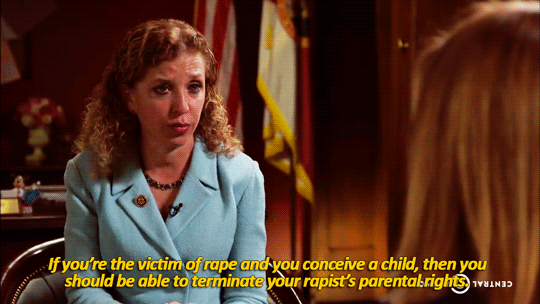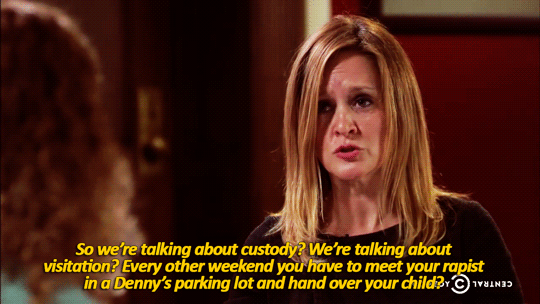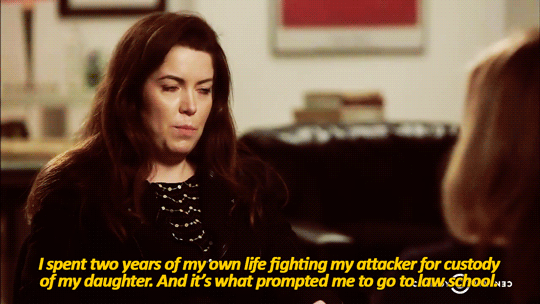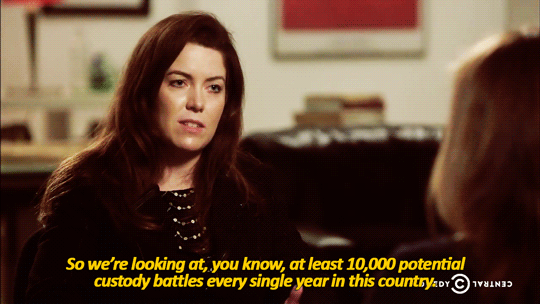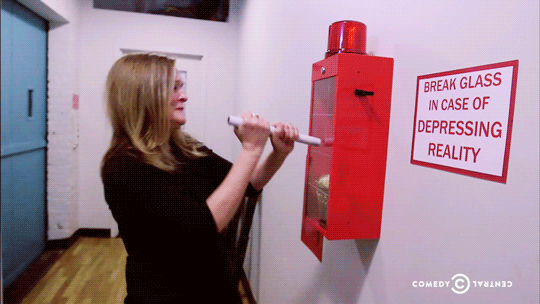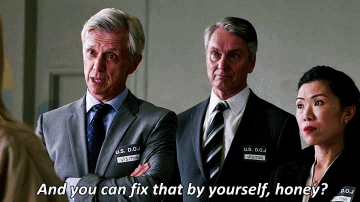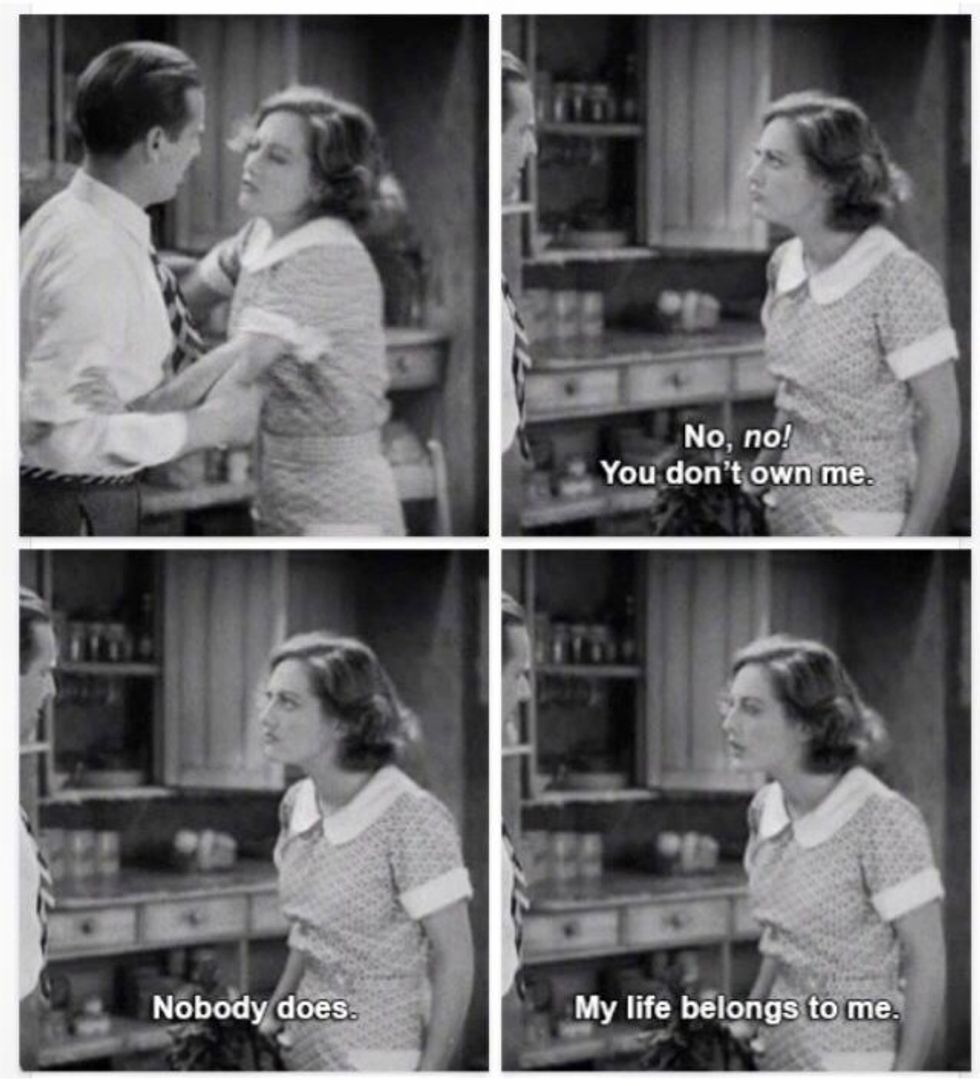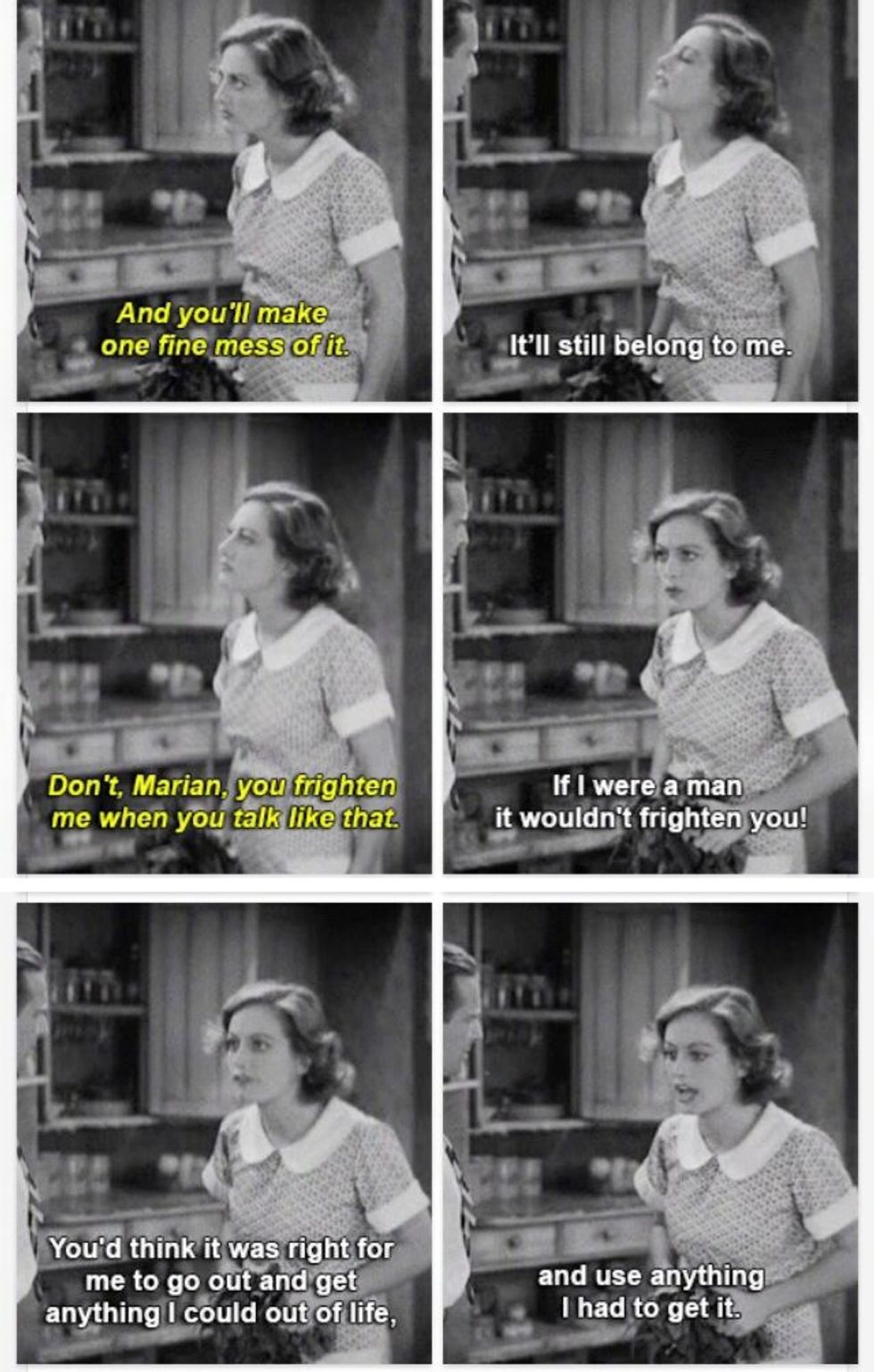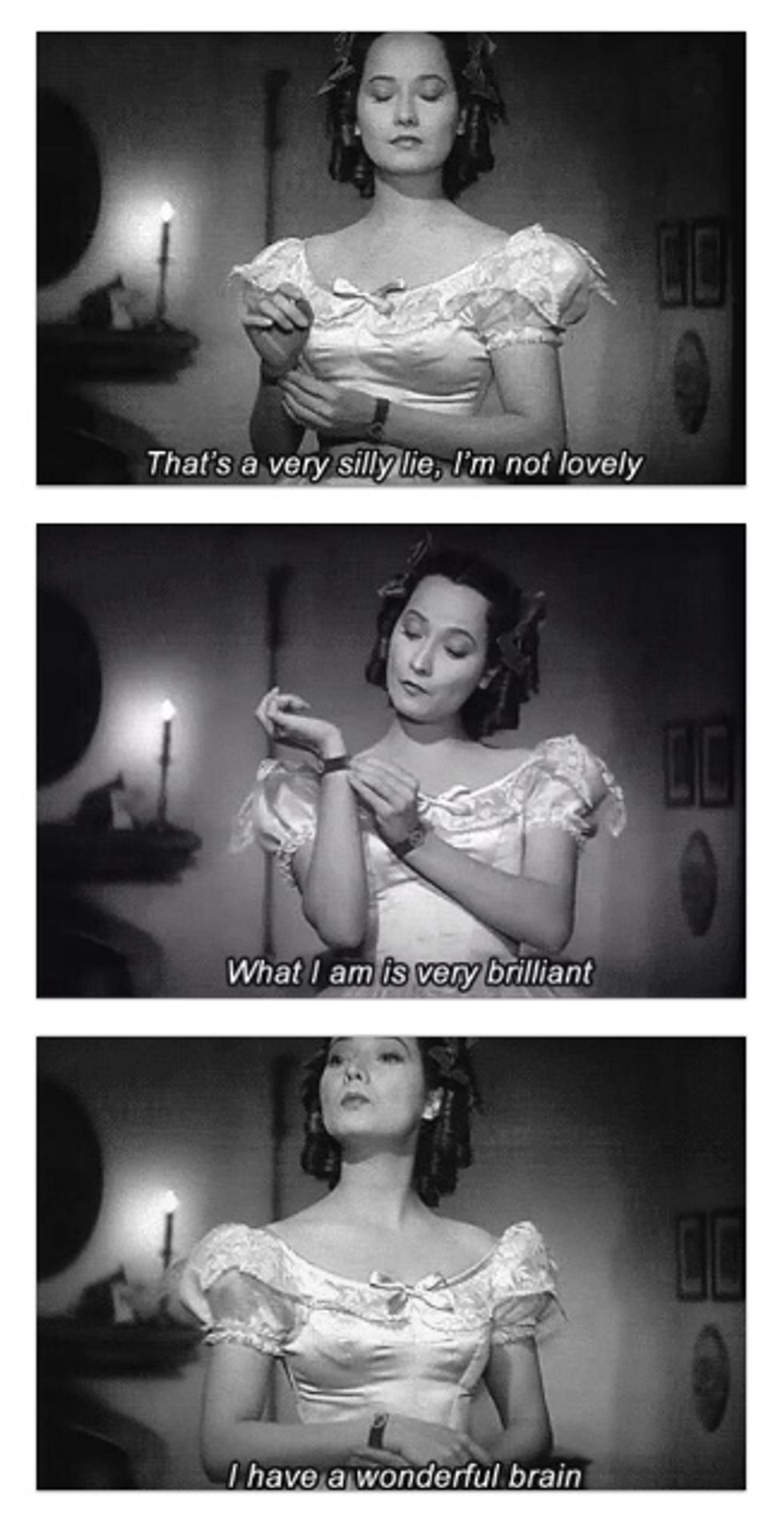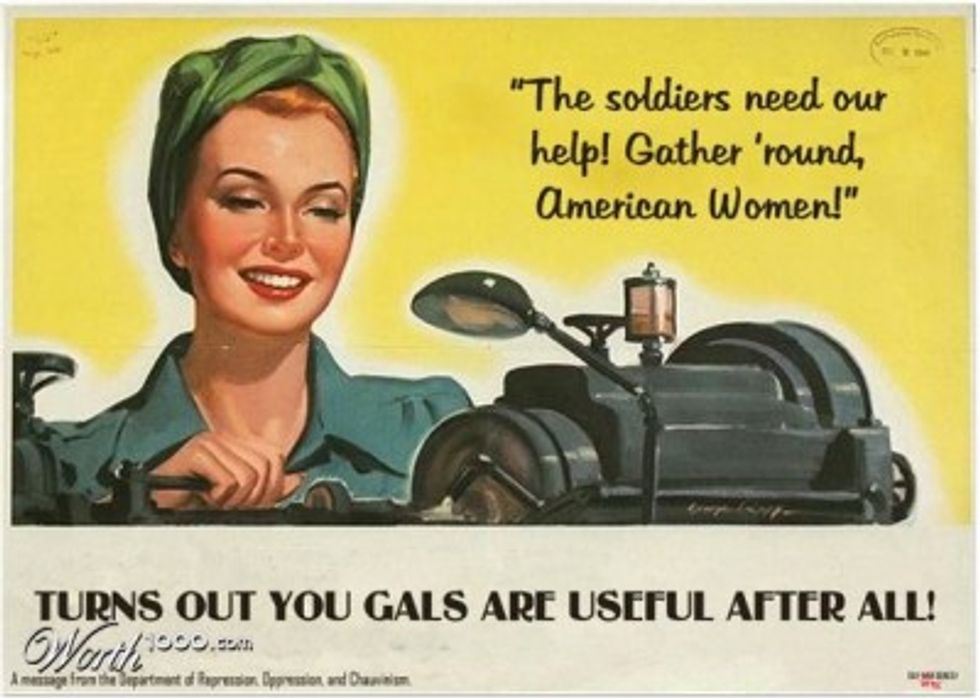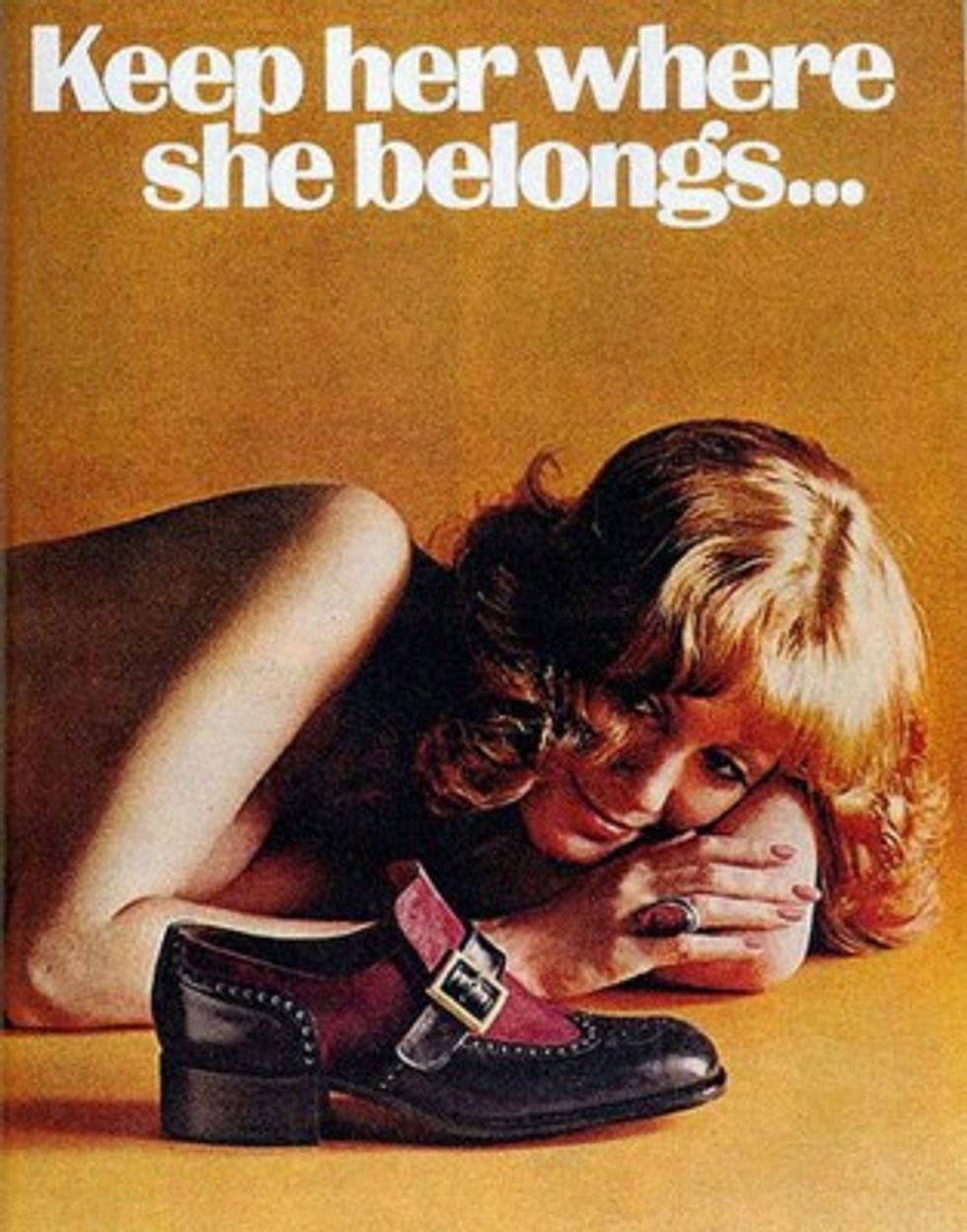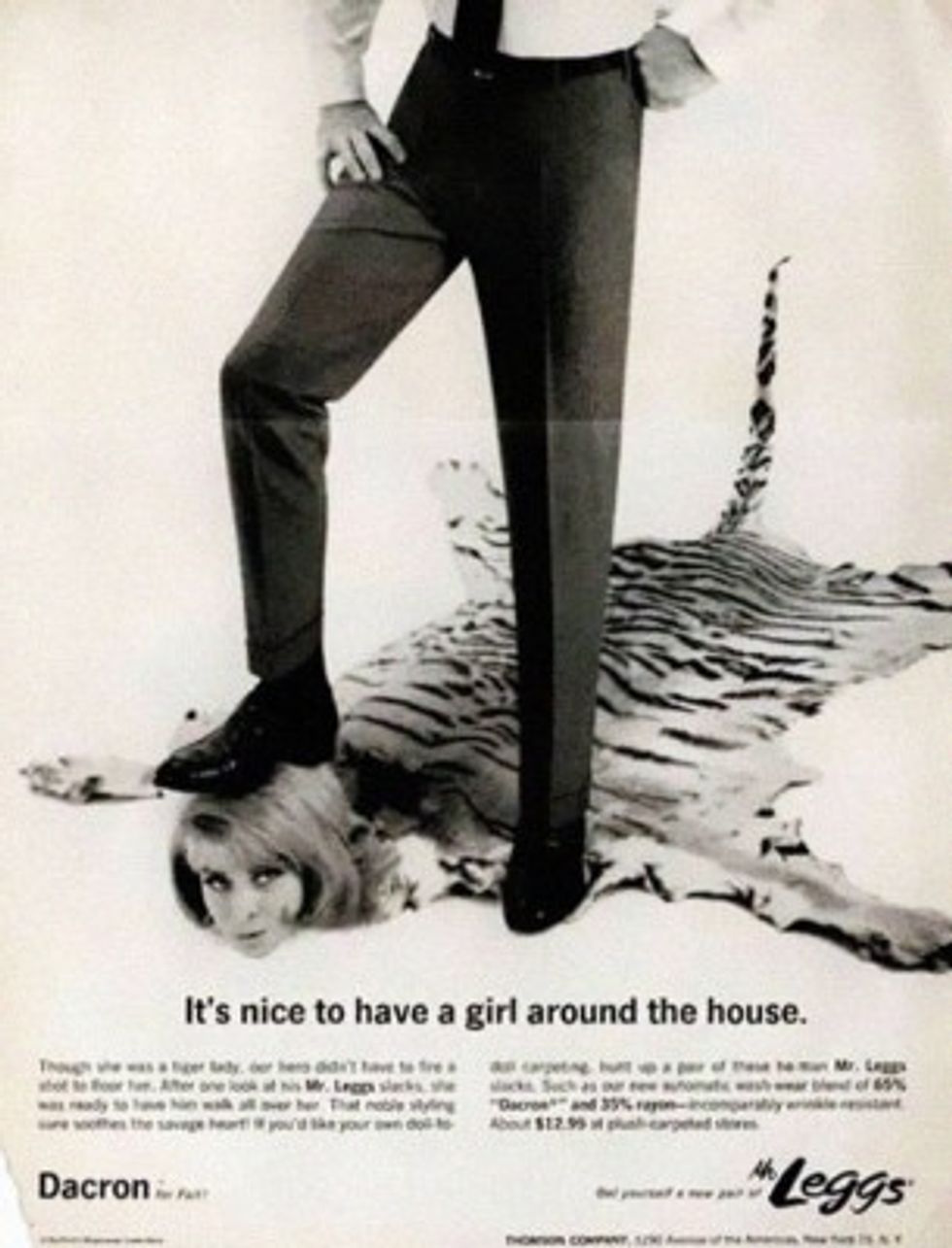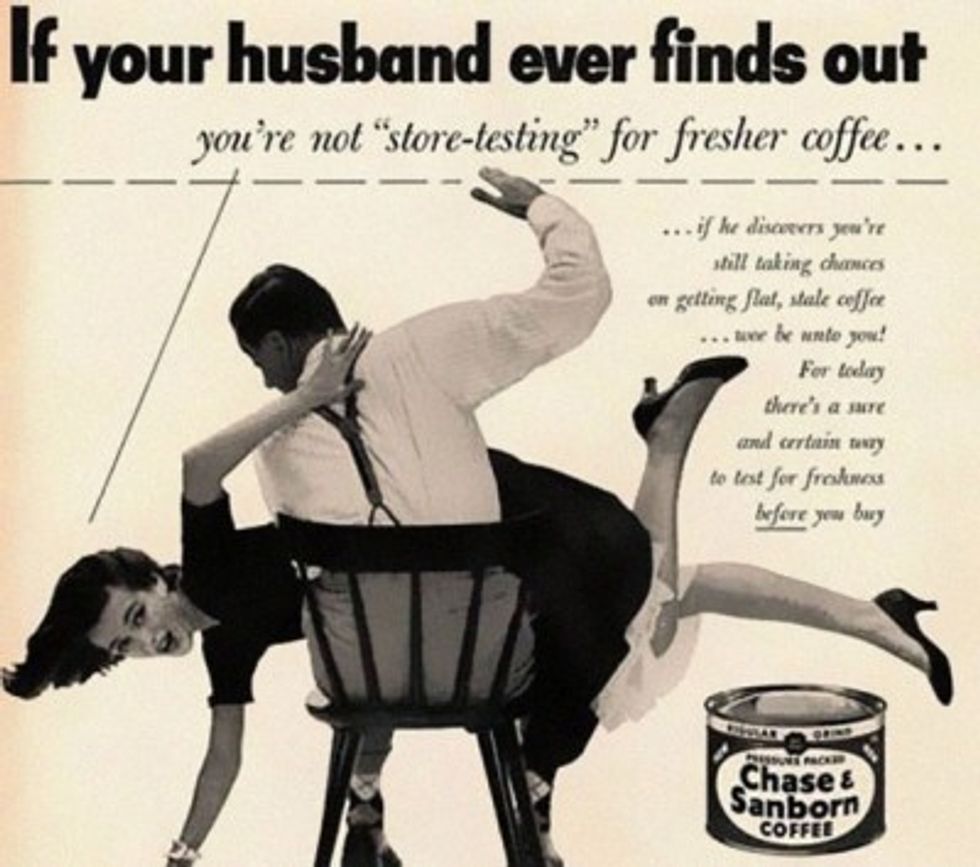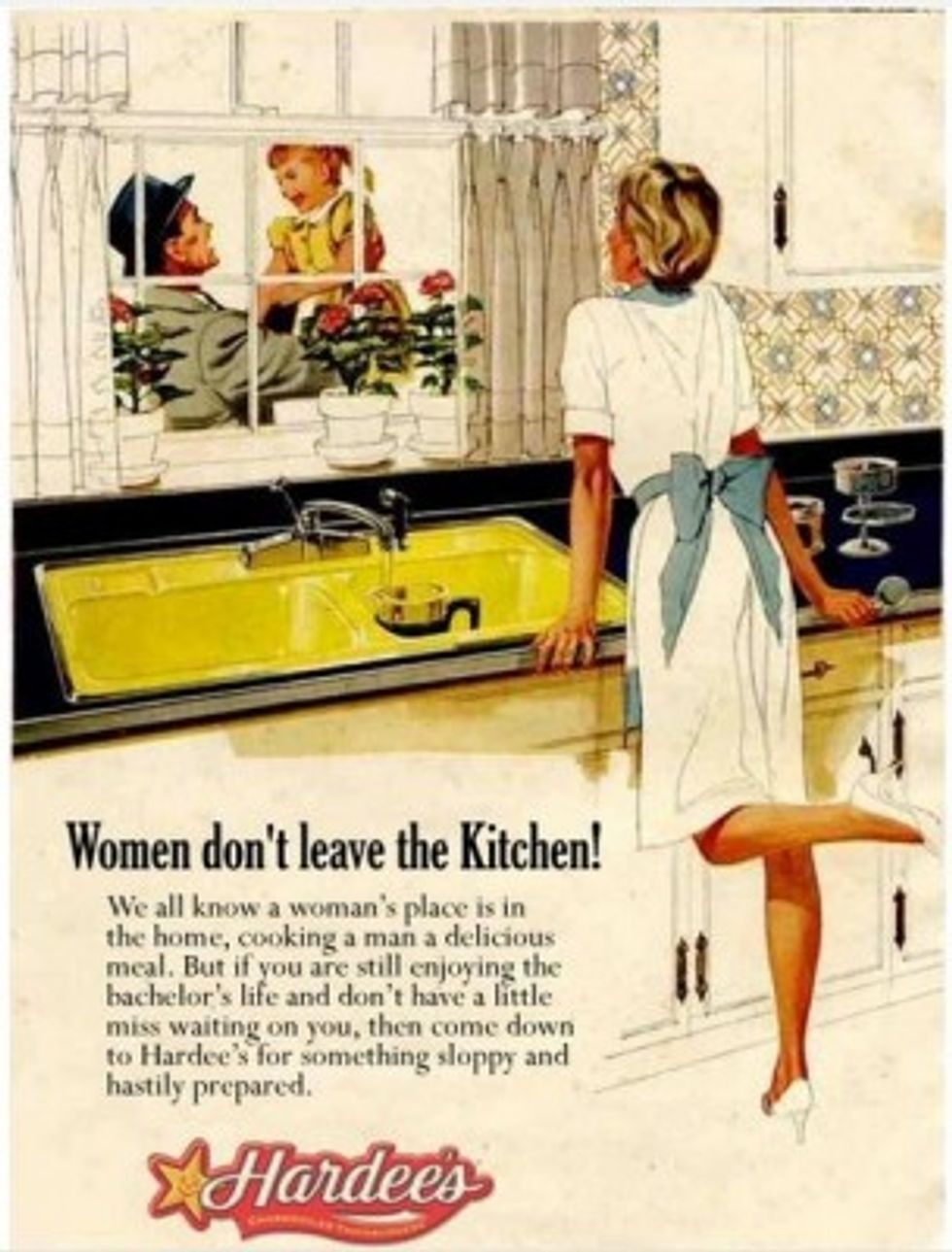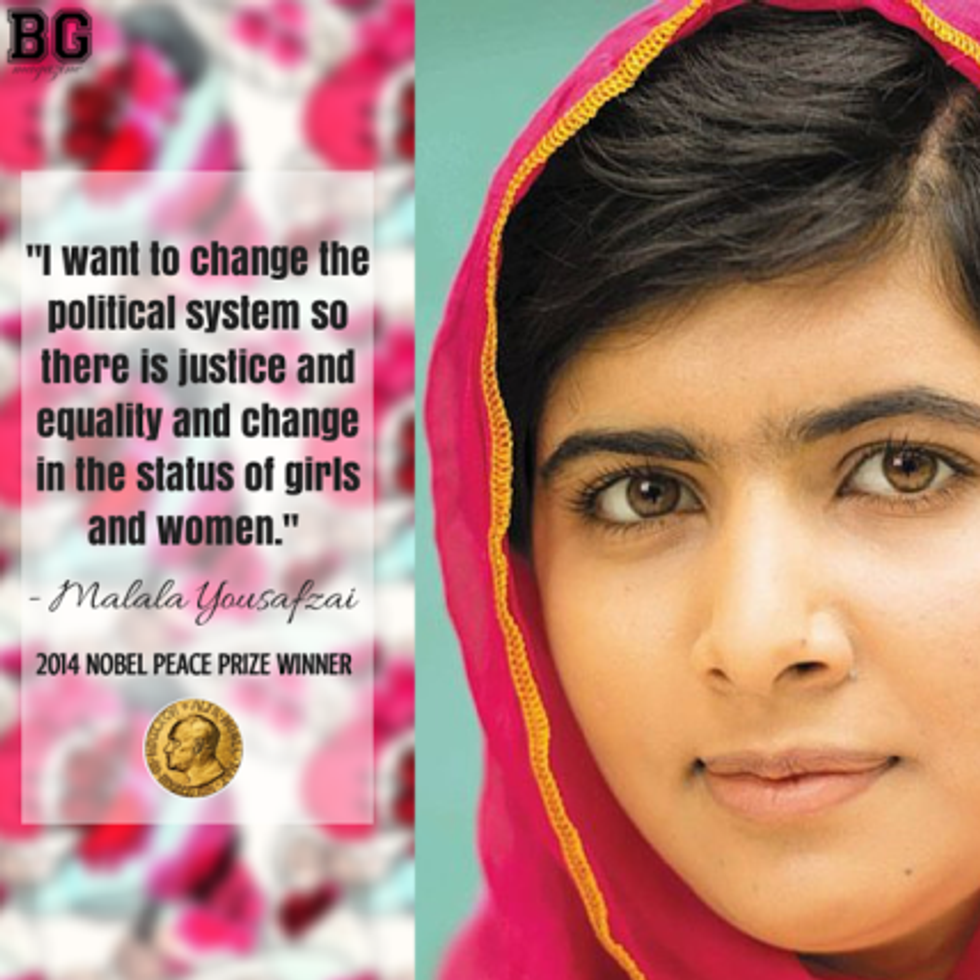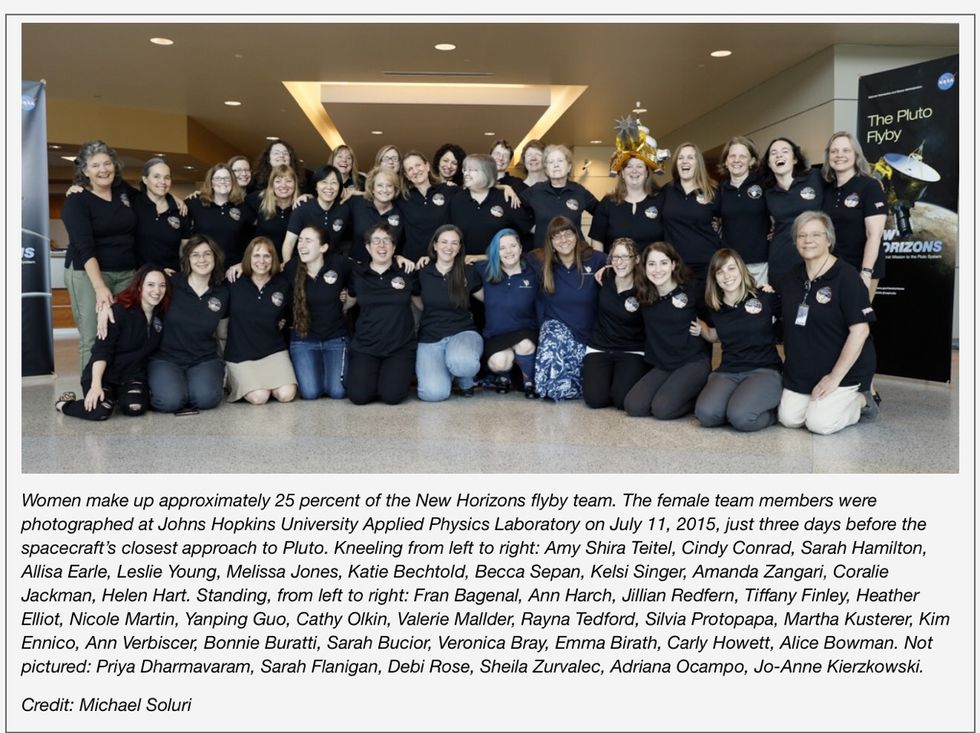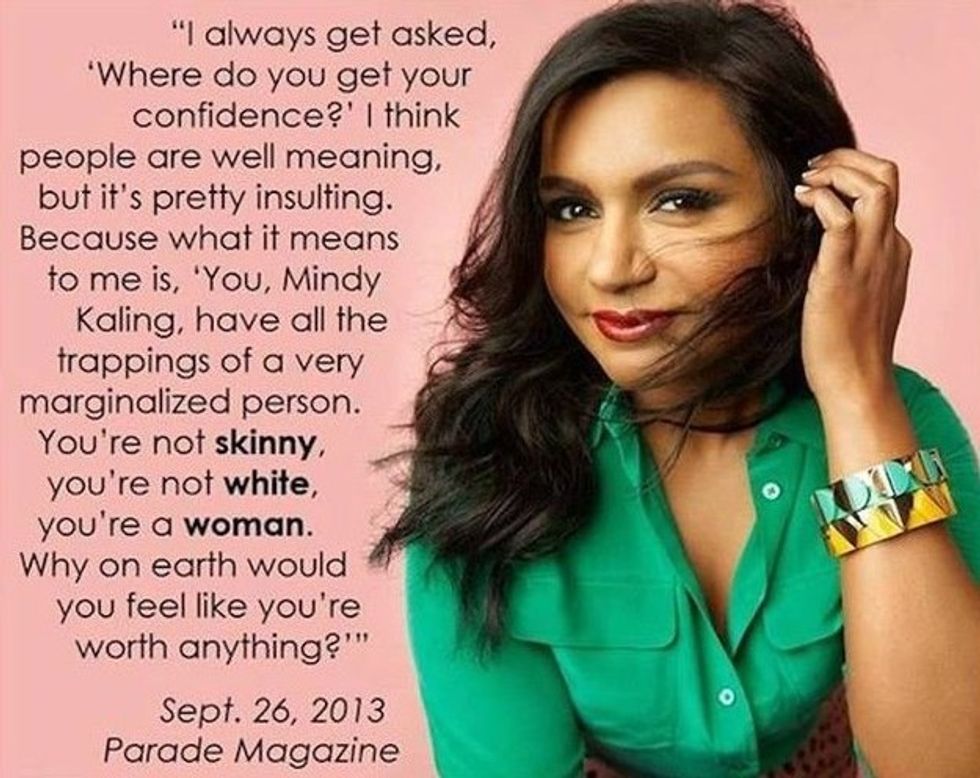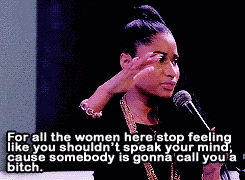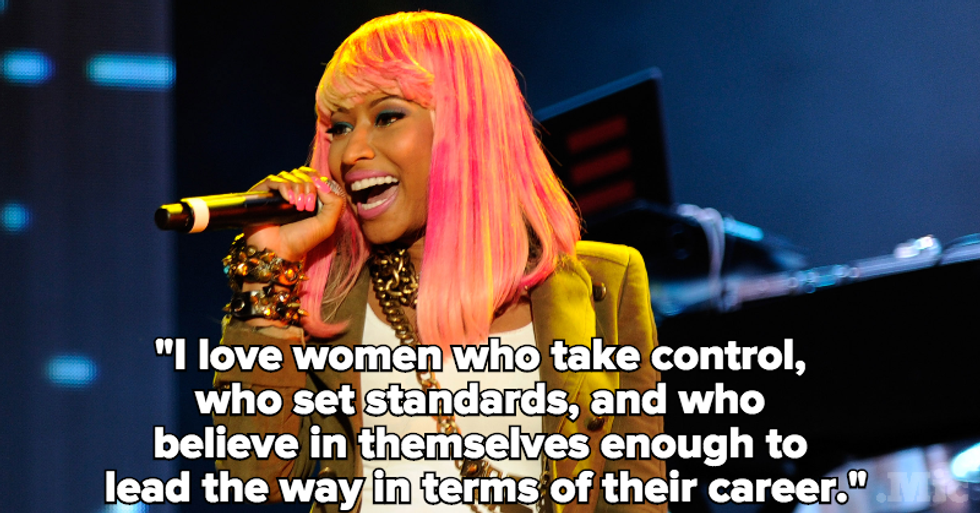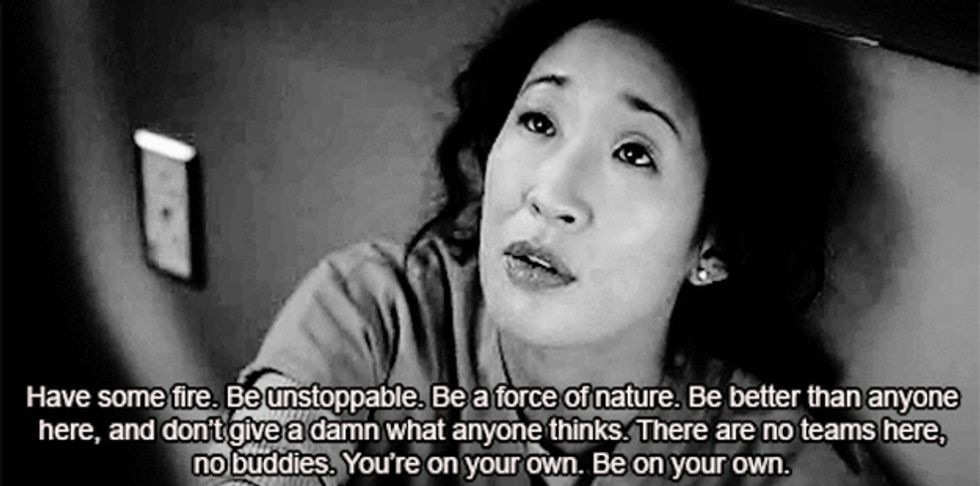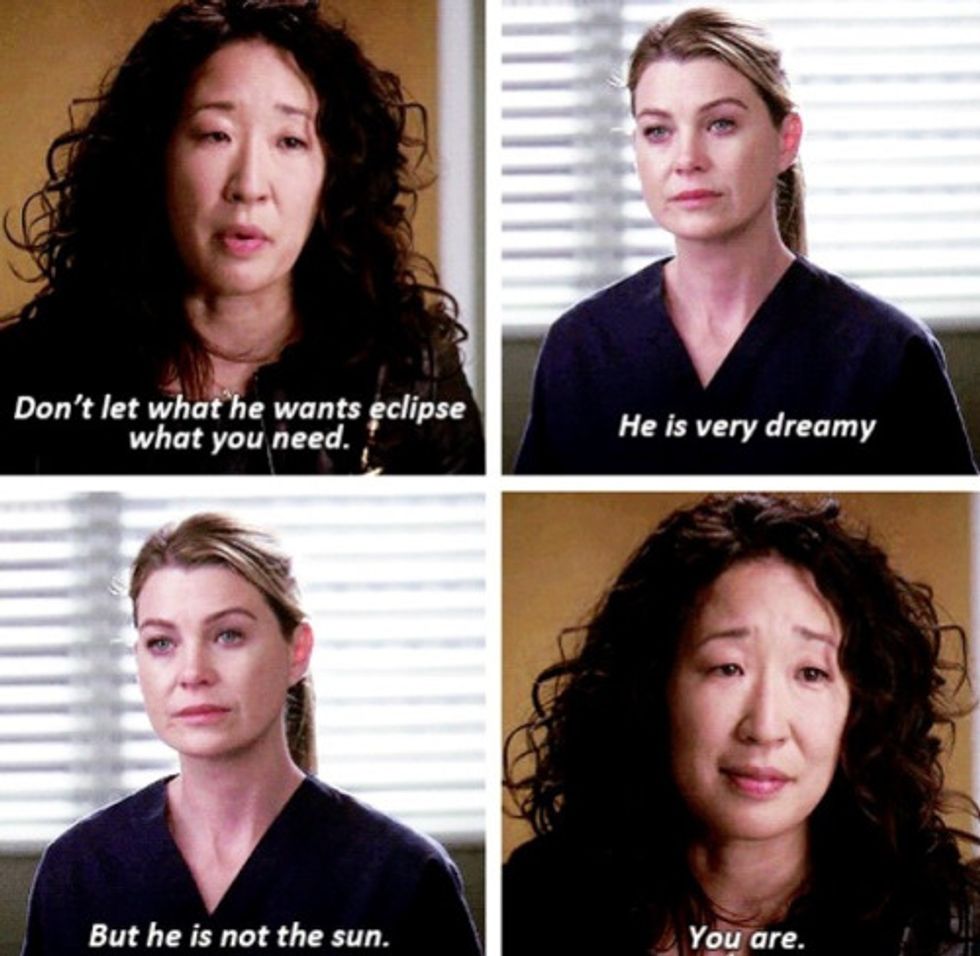In the introduction article for this series, I introduced myself; I talked about who I am and where I'm from, and I would like to emphasize that again. This series is heavily based on experiences – those of mine and others who have shared their stories with me. When something is said in this series, it is mostly opinion and belief. I am in no way an expert on any of these topics, and therefore it cannot be considered fact. Our lives are a series of events shaped by experiences and this series reflects that.
When I lived in India, it was an unspoken rule that young girls are never to leave home by themselves. If I ever wanted to go to the mall or for a movie, I would always have to ask one of the men or older women of our household to take me or go with me. Of course, that made it difficult to hang out with friends, especially when spur-of-the-moment plans were created and almost everyone in our household had a job.
When I was younger I never thought about it, and it never occurred to me how many dangers there were for young girls. While in India, almost every day on the news, there was a new story about a woman who was raped, kidnapped or assaulted. It scared me to step out of the house, and I instinctively always turned to a man for protection. I did love my motherland – it's where my roots and my culture are – but I was glad to come home to where I could walk down the street by myself safely.
At least I thought so.
Violence against women is a very relevant topic in our generation. It is not a topic that many talk about, but it's one that we should be talking about. And it's not just violence that women are subject to but workplace discrimination, societal misogyny, and many other ideas and actions that set women back in the pursuit to move forward.
Women and Violence
An excerpt by Lilly Baily
According to the United States Department of Justice, domestic violence is defined as a “pattern of abusive behavior in any relationship that is used by one partner to gain or maintain power and control over another intimate partner.” For some, this is a shocking description of something that they think could never happen to them. But for one in three women and one in four men in the United States, this is everyday life.
We live in a society in which it’s hard to talk about domestic violence. I get it. It’s gruesome. It’s embarrassing. It makes people look bad. It’s a touchy subject. It’s so much easier to talk about raising awareness for breast cancer or finding a cure for leukemia (not to downplay those who support those causes at all). It’s so much easier to turn the other way when someone is getting physically beaten by someone who keeps promising they will never hit them again. It’s so easy to ignore the bruises and scrapes and black eyes because we don’t want to get involved. We ignore this problem in America so much that we forget it even happens. We think that domestic violence is only a problem in other countries, but it’s a problem everywhere. It’s happening right in front of our faces.
We can’t forget, however, that domestic violence isn’t just physical violence. Domestic violence is emotional and psychological abuse, too. Having your partner constantly belittle you, call you names, isolate you, and just treat you as less than a person can leave emotional scars that can take a lifetime to heal. Threats against your life. Threats towards your family. Fear by intimidation. We can’t forget that not everyone will have a bruise or a scratch.
Being in a sorority whose philanthropy is actually domestic violence awareness has really changed how I see not only domestic violence, but how I see women. Women are such strong, beautiful creatures of the world that even when we are beaten or torn down, we stand together and rise above it. I love being able to make a difference in someone’s life who might not have seen the light of day today because of the abuse their partner has inflicted on them, or has threatened to inflict on them.
It’s time to start talking about it! It’s time to stand up and say NO. It really is ON US as a society to stop domestic violence. Just because you don’t always hear about it or see it, doesn’t mean it isn’t happening, and it could be happening to your mother, your brother, your sister, your best friend… even you. This isn’t something out of a movie. This isn’t a TV crime drama. This is REAL LIFE. Real people are being hurt, stalked, raped, and even killed every day by someone who they thought loved them. It’s time to stop the violence.
If you or someone you know is experiencing domestic violence:
* National Domestic Violence Hotline: 1-800-799-SAFE (7233)
* National Sexual Assault Hotline: 1-800-656-HOPE (4673)
* National Teen Dating Abuse Helpline: 1-866-331-9474
via The Daily Show
Women in the Workplace
In corporate America women are at the front forging the way for others to come. But exactly how many women are there?
- Only 4% of the Standard & Poor 500 CEOs are women – that's 21 out of 500 CEOs
- Women only make 77 cents for every dollar a man makes, creating a wage gap of $10,000 per year, yet women make up around 75% of the labor force
- Among college graduates, men make $7,600 more than women their first year working after graduating
- Women are not thought of as the primary bread winner, but over 48% of households are supported by working women
“Think manager, think man,” creates a problem for women who aspire to leadership roles. All of us have pre-existing expectations for leadership. When we are asked to evaluate someone’s leadership potential, we subconsciously compare them to our expectations. When our expectations are met, they become a projection. We attribute leadership qualities and behaviors to the person, even if they have never exhibited them.
Because our expectations of leadership are masculine, when we evaluate men’s potential, we are much more likely to see them as a good fit. Women do not meet our masculine expectations, therefore the projection is never triggered.
This male bias in our cognitive processing of leadership potential is powerful. “Think manager, think man,” means we can fail to see women’s leadership potential. In fact, research suggests that men and women behave very similarly in senior roles, but men routinely receive higher leadership ratings.
-Raine Brands
This summer, I had the pleasure of giving the Indian Chamber of Commerce a tour of my campus. It was so great to meet so many successful (and powerful) people. I had the opportunity to talk with them, hear their past successes and learn their future plans. On this tour, there was only one woman in the whole chamber of commerce. Now, I'm no expert, so I don't know if there being only one woman is due to strong, traditional Indian stereotypes towards women, or Corporate American views of women, or absolutely no explanation except that she was the only woman on the board and I'm looking way too into this, but it was a very interesting coincidence that made me think. There was another board member who has been so successful that he retired at age 50. He was talking to me about his family, specifically his wife and daughter. His wife was a nurse (I'll address that later) and his daughter works for a multimillion dollar company in DFW (which I will not name for anonymity). He told me how when his daughter got married he made her leave her very high and respected position with her company so she could focus on being a wife. She basically told him no, and to be a successful married professional. The reason I'm discussing this is to tie it back in with my introduction article. In that article I talked about how the prejudices and ideas from previous generations are spilling over into the Millennial generation, but the daughter of the Chamber of Commerce member standing up to her dad just shows how our generation is literally saying "no" to workplace discrimination.
Women in Science and Math
STEM (science, technology, engineering, and mathematics) is a rapidly advancing field, but are women being pushed behind?
- 52% of biology Ph.D.'s are women, but only 18% are given tenured positions.
- Women in STEM are continually subject to sexual harassment or assault from male lab-mates or professors
- Many women in the STEM field actually turned down research trips and positions because "it just doesn’t seem worth it to take action in response to sexist behavior, or even assault" (source)
- Women with children are 35% less likely to get tenure-track professor positions than men with children
- In a female-dominated fields such as nursing, male nurses make about $5,100 more than female nurses.
- Men have even reported that they felt like they were being "fast-tracked" into leadership positions and that people were more forgiving for their mistakes than a woman's.
I spoke before about the Indian Chamber of Commerce member who asked his daughter to step down from her executive job to be a housewife. The same businessman told me that his wife was a nurse for the outpatient unit of a large hospital. I asked if she was still working (I'm always on the prowl for good medical professional contacts for the future) and he said, "Absolutely not, women are too fragile to work in healthcare. She's better off caring for the kids."
British Biochemist and Nobel Prize winner in Physiology/Medicine, Sir Tim Hunt was asked to speak at the World Conference of Science Journalists in Seoul, South Korea. There he began his infamous "trouble with girls" speech. In it he says: "Let me tell you my trouble with girls. There are three things that happen when they're in lab: you fall in love with them, they fall in love with you, and when you criticize them they cry." He is also "in favor of single-sex labs." Hunt has since been removed from several of his tenure positions, and was asked to resign from a few of his research/University positions as well. Hunt's opinion toward women may very well be a product of another generation, but it's opinions like these that are pushing women out of the STEM field. Check out a few STEM women who aren't letting people like Hunt #distractinglysexy
via Tumblr
Women in the Media
For this section of the article, I'm not going to write anything. The images speak for themselves.
Women in the Media: Vintage
via Tumblr
Women in the Media: The 60's
via Tumblr
Women in the Media: The Present
A current Hardee's advertisement, in comparison to an old Hardee's advertisements above

via Tumblr
I do realize that there is good advertising and bad advertising, no matter what generation we are looking at. For example, although we have piercing examples of media that degrades women, we also have great example for women in the media. These examples are what I like to call "heroes." Heroes don't need to save lives to be heroes; all they need to do is fight for change.
Heroes For Women:
Malala Yousafzai: "The terrorists tried to stop us. Neither their ideas nor their bullets could win. We survived. And since that day, our voices have grown louder and louder.”
via BG Magazine
The women of the New Horizons Pluto fly-by team: BECAUSE SCIENCE
via New Horizons
Chimamanda Ngozi Adichie: Bridging the gap between black feminism and white feminism – An Advocate for Everyone.
via ATTN
Mindy Kaling: She reminds me everyday that my size and the color of my skin shouldn't hold me back, but rather push me forward.
Nicki Minaj: The modern day artist who has been fighting for women before her fight with Taylor Swift on Twitter
via Mic
U.S. Women's National Soccer Team Abby Wambach: "Remember, girls, there are a lot of ways to make a difference.”

Supreme Court Justice Sonya Sotomayor: “The greatest obstacle to your own success is your own fear. Failure is never fun. But each time you fail, you learn something. It’s often said that one should fight to the last person standing. Hey, they’re still standing. And as a woman, I hope it’s us.”
Cristina Yang: Though she be but fictional, she is fierce.
via Buzzfeed
“We teach girls to shrink themselves. To make themselves smaller. We say to girls “You can have ambition, but not too much. You should aim to be successful, but not too successful. Otherwise you will threaten the man.” Because I am female, I am expected to aspire to marriage, I am expected to make my life choices always keeping in mind that marriage is the most important. Now, marriage can be a source of joy and love and mutual support, but why do we teach girls to aspire to marriage and we don’t teach boys the same? We raise girls to see each other as competitors, not for jobs or for accomplishments, which I think can be a good thing, but for the attention of men. We teach girls that they cannot be sexual beings in the way that boys are. Feminist: the person who believes in the social, political, and economic equality of the sexes. ”
-Chimamanda Ngozi Adichie, We Should All Be Feminists/***Flawless





